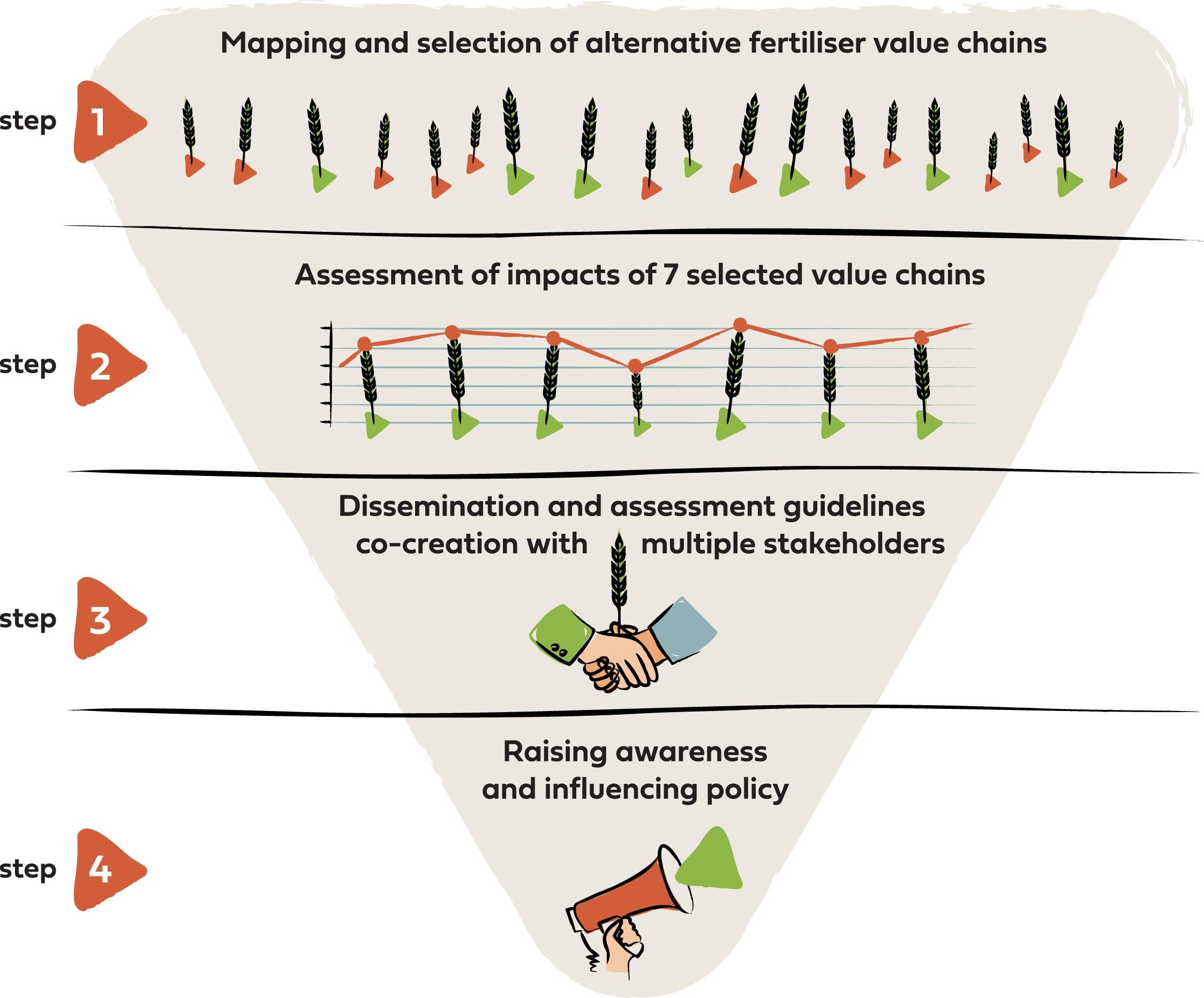Fertilisers Impact the Environment
By 2050, world population is expected to reach 10 billion – a 30% increase from 2020. To ensure the necessary crop yields needed to feed our growing population, farmers look towards either conventional or alternative/organic fertilizers to improve crop yields. In Europe, the use of conventional fertilizers prevails – they are used on 75% of EU agricultural lands and have a global increase in their application rate of 2% per year. These fertilizers generally contain higher nutrient concentrations and provide quick nutrient release, leading to fast yield increases. However, the cost of this high concentration and quick release is the leaching of excess nutrients into the surrounding ecosystems, threatening their integrity and wasting valuable, often imported, resources.
About FER-PLAY
FER-PLAY facilitates the uptake of alternative fertilizers to protect ecosystems, decrease EU dependence on fertilizer imports, foster circularity and improve soil health. The project will map and assess alternative fertilizers made from secondary raw materials, such as manure, and highlight their multiple benefits in order to promote their wide-scale production and use on field.
Facts
What They Say
Our collaboration with the REVOLVE Team has been extremely fruitful and pleasant. They are great professionals, understand the technical work and convert it into high impact communication and dissemination materials. REVOLVE is highly contributing to effectively disseminate the knowledge generated within the project to the target audiences and the general public. Therefore, I totally recommend them for future projects.
– Martín Soriano, R&D Project Manager | R&D Management Department | CETENMA
Funded by the European Union. Views and opinions expressed are however those of the author(s) only and do not necessarily reflect those of the European Union or REA. Neither the European Union nor REA can be held responsible for them.

